Upcycling Old TV Consoles into Stylish Kids' Desks: A Complete DIY Guide
Table Of Contents
- Why Upcycle TV Consoles into Kids' Desks?
- Finding the Right TV Console for Your Project
- Preparing Your TV Console for Transformation
- Design Considerations for Kids' Desks
- Step-by-Step Transformation Process
- Styling Your Upcycled Desk to Match Your Home
- Creative Organization Solutions for Kids' Workspaces
- Real-Life Examples and Inspiration
- Maintenance Tips for Longevity
- Conclusion: Sustainable Style for Growing Minds
In an era where sustainability meets creativity, transforming forgotten furniture pieces into functional new treasures has become more than a trend—it's a lifestyle choice that benefits both our homes and our planet. Among the most versatile candidates for upcycling are old TV consoles, those once-essential furniture pieces that may now be gathering dust as flat-screen televisions have become the norm.
These sturdy, well-built cabinets offer the perfect foundation for creating customized kids' desks that provide both style and functionality. With their inherent storage capabilities and solid construction, TV consoles can be reimagined into study spaces that grow with your child, all while keeping perfectly good furniture out of landfills.
At Loft Home Furniture, we believe quality furniture deserves a second life. This comprehensive guide will walk you through the entire process of transforming an outdated TV console into a charming, practical desk for your child's bedroom or study area. Whether you're a seasoned DIY enthusiast or a first-time upcycler, you'll find valuable insights, creative ideas, and practical steps to create a one-of-a-kind piece that serves your family's needs while expressing your unique style.
Why Upcycle TV Consoles into Kids' Desks?
The appeal of transforming old TV consoles into children's desks extends far beyond simple cost savings. These pieces offer unique advantages that make them ideal candidates for repurposing:
Solid Construction: Unlike many contemporary mass-produced furniture pieces, older TV consoles were typically built to last, featuring solid wood construction or high-quality materials that can withstand years of use—perfect for withstanding the energetic study sessions of growing children.
Built-in Storage Solutions: Most TV consoles come with cabinets, drawers, or shelving units already incorporated into their design. This existing storage infrastructure is invaluable for organizing school supplies, books, and creative materials in a child's workspace.
Space Efficiency: In Singapore's urban homes where space is often at a premium, repurposing existing furniture makes efficient use of your available square footage without introducing additional bulky items into your living areas.
Sustainability: Keeping functional furniture out of landfills aligns with environmentally conscious values. Upcycling reduces waste while giving beautiful pieces a new purpose in your home.
Unique Character: Unlike standard store-bought desks, upcycled pieces carry history and character that add warmth and personality to your child's space, creating an environment that feels special and inspiring for learning.
Finding the Right TV Console for Your Project
The foundation of a successful upcycling project is selecting the right piece to transform. Here's how to identify TV consoles with the most potential:
Sources for Finding TV Consoles
Begin your search in these promising locations:
Family hand-me-downs are often the most accessible source—check with relatives who might be upgrading their entertainment systems. Second-hand furniture stores and thrift shops regularly receive TV consoles as people transition to wall-mounted televisions. Online marketplaces like Carousell or Facebook Marketplace in Singapore frequently list these items at minimal cost or sometimes even for free. Estate sales and neighborhood garage sales can yield vintage finds with unique character.
What to Look For
When evaluating potential candidates, prioritize these features:
Sturdy Construction: Gently rock the console to check for stability. Solid wood pieces are ideal, but well-built composite wood furniture can also work well with proper reinforcement.
Appropriate Dimensions: Consider your child's age and size. The ideal desk height for children is typically between 22-26 inches, though this can be adjusted by adding or removing legs. The width should provide ample workspace without overwhelming the room.
Storage Configuration: Look for consoles with a variety of storage options—drawers for small supplies, cabinets for larger items, and shelves for books and display items provide versatility in the finished desk.
Structural Integrity: Examine the piece for any significant damage. Minor cosmetic issues can be easily addressed, but major structural problems might make the project more challenging than it's worth.
Style Potential: Consider how the console's basic design might complement your child's room and your home's overall aesthetic. Contemporary, Scandinavian, or vintage styles can all be enhanced through your transformation process.
Preparing Your TV Console for Transformation
Before diving into the transformation, proper preparation ensures a smooth process and professional-looking results:
Assessment and Planning
Take time to thoroughly evaluate your console's current state:
Document the existing piece with measurements and photographs from all angles. Create a sketch or plan of your envisioned desk, noting areas that will require modification. Identify which elements to keep, remove, or adapt for the new purpose. Determine if structural modifications (like removing dividers or adding a pull-out surface) will be necessary.
Cleaning and Repairs
Before any transformation begins, ensure your piece is properly prepared:
Thoroughly clean the entire unit with appropriate wood or furniture cleaner to remove dust, grime, and old polish. Tighten any loose screws, bolts, or joints. Repair minor damage with wood filler, allowing it to dry completely before sanding. For pieces with veneer damage, consider whether to repair the veneer or embrace the imperfection as part of the character.
Disassembly
Strategic disassembly makes the transformation process more manageable:
Remove all hardware (handles, knobs, hinges) and store them safely—labeled bags help keep everything organized. Take off doors or drawers that will be modified or refinished separately. If applicable, remove back panels that might need replacement or modification for cable management. Document the disassembly process with photos to aid in reassembly later.
Design Considerations for Kids' Desks
Creating a functional, age-appropriate workspace requires thoughtful planning:
Ergonomics for Growing Children
Children's comfort directly impacts their focus and productivity:
Consider your child's current height and how quickly they're growing. The ideal setup allows children to sit with their feet flat on the floor, arms resting comfortably on the desktop with elbows at approximately 90 degrees. Adjustable elements, like removable risers under the desk legs, can help the piece grow with your child. Ensure there's adequate legroom beneath the work surface—remove center dividers if necessary.
Safety Features
Prioritize safety in every aspect of your design:
Sand all edges and corners to eliminate sharp points, especially at eye level for younger children. Secure the desk to the wall if stability is a concern, particularly for taller units. Apply child-safe finishes with low or no VOCs (Volatile Organic Compounds). Install safety hinges on any remaining cabinet doors to prevent pinched fingers. Check that all hardware is securely fastened and poses no injury risk.
Age-Appropriate Storage Solutions
Tailor storage to your child's specific needs:
For younger children (ages 4-7), create easily accessible open storage for art supplies and books, with minimal doors or complicated mechanisms. School-age children (8-12) benefit from a combination of open display space for projects and closed storage for keeping supplies organized. Teenagers appreciate more sophisticated storage that accommodates technology, including cable management solutions and charging stations. Consider incorporating a bulletin board or magnetic surface for displaying artwork, schedules, or reminders.
Step-by-Step Transformation Process
Follow this systematic approach to convert your TV console into a functional desk:
Structural Modifications
Begin with the most substantial changes:
If needed, remove the center divider to create knee space, using a handsaw or jigsaw for precision cutting. For extra workspace, consider creating a pull-out writing surface from a drawer by installing drawer slides. Adjust the height if necessary—this might involve shortening legs for younger children or adding height with furniture risers or new legs for older kids.
Surface Preparation and Finishing
Create a durable, attractive finish:
Sand all surfaces thoroughly, starting with medium-grit sandpaper (80-120) and finishing with fine-grit (180-220) for smoothness. Wipe away all sanding dust with a tack cloth before applying any finishes. Apply primer if you're making a significant color change or working with unfinished wood. Choose kid-friendly, durable paint or stain—satin or semi-gloss finishes are easier to clean than matte options. Consider two-tone designs, like a colorful exterior with neutral interior shelving, to add visual interest. Protect the work surface with multiple coats of polyurethane or a similar durable protective finish, allowing proper drying time between coats.
Functional Enhancements
Add features that improve usability:
Install a tackboard or corkboard on the back panel for pinning artwork or reminders. Add a desk lamp for proper task lighting—consider clip-on styles to save desk space. Create a charging station by drilling discreet holes for cable management. Replace standard knobs with fun, age-appropriate hardware that's easy for small hands to grasp. Consider adding casters to the bottom for mobility, particularly useful in multi-purpose spaces.
Styling Your Upcycled Desk to Match Your Home
Integrate your creation seamlessly into your home's design scheme:
For modern interiors, consider a clean, monochromatic finish with minimal hardware and straight lines. The desk would pair beautifully with our modern chairs collection for a cohesive look. In Scandinavian-inspired spaces, light wood tones or white paint with natural wood accents create a fresh, airy feel that complements our Scandinavian storage solutions.
For homes with a vintage or eclectic style, embrace the console's original character with distressed techniques or bold accent colors. Consider pairing with our vintage chairs for an authentic look. Industrial-style homes benefit from metal accents, exposed hardware, and darker stains that coordinate perfectly with our industrial chairs collection.
In colorful, playful children's rooms, don't be afraid to use bright colors or even decorative patterns through stenciling or decoupage techniques. Balance the desk's design with the room's existing color scheme and patterns to create harmony rather than competition.
Creative Organization Solutions for Kids' Workspaces
Maintain an inspiring, clutter-free environment with these organizational strategies:
Maximizing Storage Potential
Make every inch count with these techniques:
Install adjustable shelving within cabinet spaces to adapt as storage needs change. Use drawer dividers to compartmentalize small supplies like pencils, markers, and scissors. Transform cabinet doors into vertical storage with added pockets or narrow shelves. Utilize the sides of the console by adding hooks for headphones or bags.
Personalized Organization Systems
Tailor organization to your child's learning style and preferences:
For visual learners, incorporate clear containers and visible storage solutions. Create color-coded systems using different colored folders, bins, or labels for different subjects or activities. Implement a rotating display system for current projects to maintain focus while reducing desktop clutter. Consider adding a wall-mounted calendar or scheduling system above the desk for time management skills.
Remember that the most effective organization systems are those your child can maintain independently. Involve them in the planning process and create intuitive systems that make sense to them.
Real-Life Examples and Inspiration
Find inspiration in these successful transformations:
The Vintage Reimagining
A 1960s teak media console transformed into a desk for a 10-year-old's room by removing the center divider and refinishing the original wood to highlight its natural grain. The record storage compartments were converted into perfect slots for textbooks and notebooks. The project preserved the mid-century modern charm while creating a practical workspace that complemented the family's vintage table collection.
The Modern Makeover
A bulky 1990s entertainment center was streamlined by removing ornate molding and updating with a clean white finish and minimalist hardware. The TV cavity became an ideal computer station with a pull-out keyboard tray, while side cabinets provided ample storage. Paired with a contemporary chair, the piece now serves as a teen's study headquarters.
The Shared Workspace Solution
A wide console was transformed into a double desk for siblings by creating two distinct workstations, each with personalized storage. A central divider was added to define the spaces while maintaining the piece's cohesive look. Different accent colors for each side helped personalize the spaces while complementing the family's Scandinavian storage aesthetic.
Maintenance Tips for Longevity
Ensure your upcycled creation serves your family for years to come:
Regular Care: Dust frequently with a soft cloth and clean surfaces with appropriate cleaners for your finish type. Avoid harsh chemicals that can damage paint or protective coatings. For wood finishes, apply furniture wax or polish every 3-6 months to maintain luster and protection.
Preventative Measures: Use desk mats or blotters to protect the work surface from scratches, spills, and art projects. Apply felt pads to the bottoms of any items regularly placed on the desk to prevent scratching. Consider a glass top for maximum protection if the desk will see heavy use with art supplies or science projects.
Ongoing Adaptations: Re-evaluate the desk's functionality annually as your child grows and their needs change. Be prepared to make height adjustments or storage modifications as school requirements evolve. Address any wear and tear promptly—touch up chips in paint or finish before they lead to more significant damage.
Conclusion: Sustainable Style for Growing Minds
Transforming an old TV console into a personalized desk for your child represents more than just a creative DIY project—it's an investment in sustainable living and a demonstration of resourcefulness that teaches valuable lessons to the next generation. Through this transformation, you've created a unique, functional piece that supports your child's educational journey while diverting quality furniture from landfills.
The beauty of upcycled furniture lies in its perfect imperfections and the stories it carries. Each scratch, dent, or unique feature adds character that mass-produced furniture simply cannot match. As your child grows and learns at their custom desk, they'll develop an appreciation for creativity, sustainability, and the value of breathing new life into existing resources.
Remember that furniture transformation is an ongoing process. As your child's needs evolve, their desk can continue to adapt through minor modifications, fresh coats of paint, or updated hardware. This flexibility ensures that your thoughtful creation remains relevant and functional throughout their developmental years.
Whether you've embarked on this project to save money, reduce waste, create something unique, or simply enjoy the satisfaction of crafting with your own hands, the result is something to be proud of—a one-of-a-kind workspace that supports learning, creativity, and growth.
Ready to start your own furniture transformation journey? Visit Loft Home Furniture for inspiration and complementary pieces to complete your child's study space. From ergonomic kids' chairs to clever storage solutions, we have everything you need to create a cohesive, functional learning environment that grows with your child.
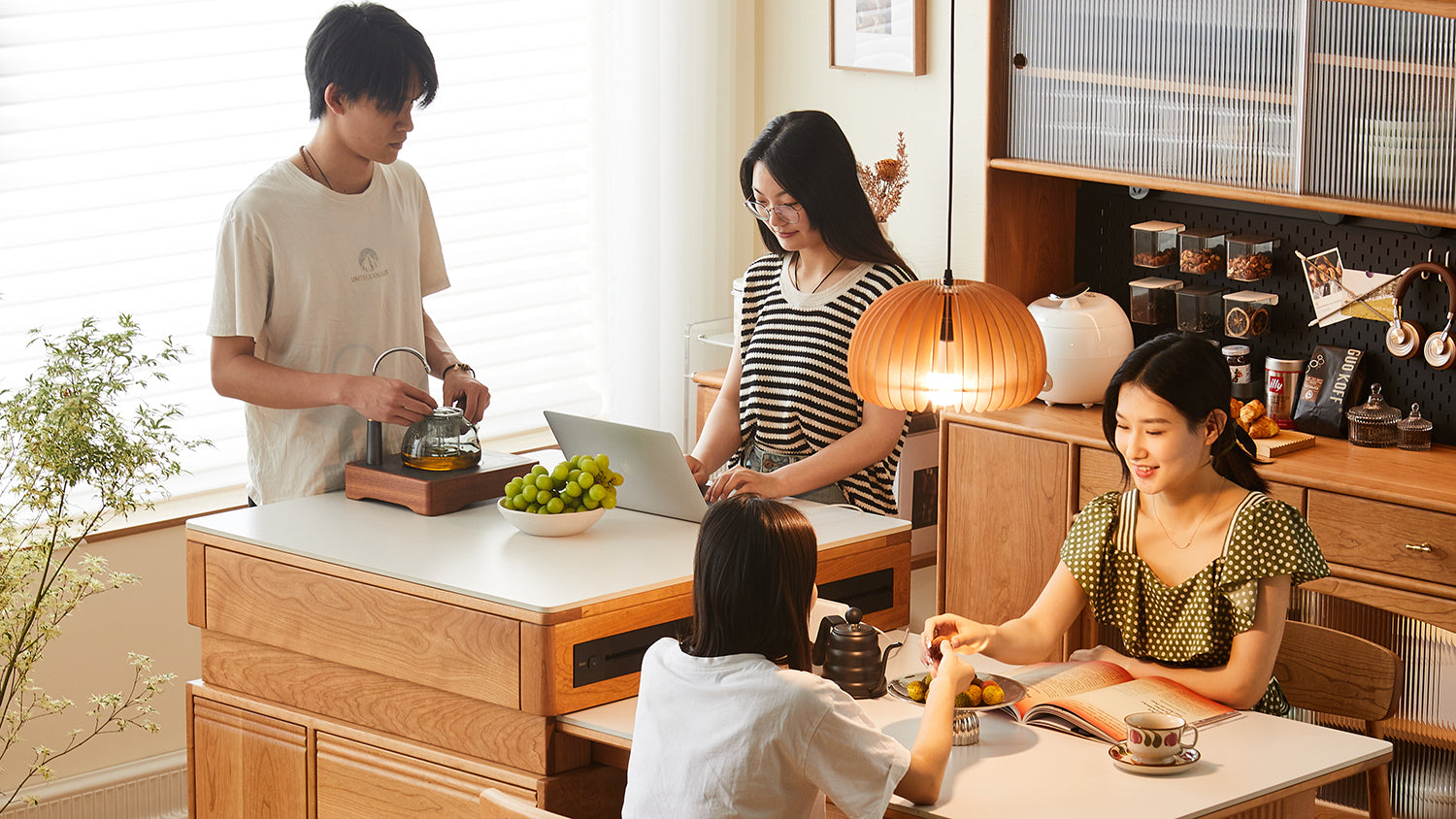

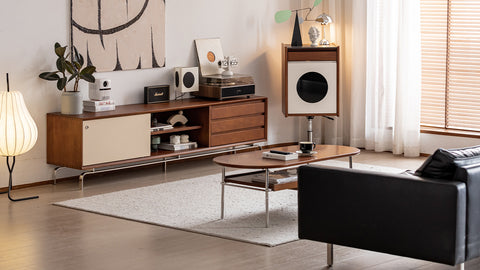
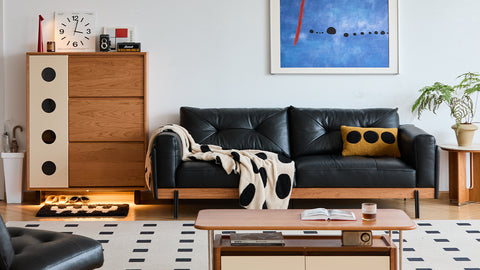
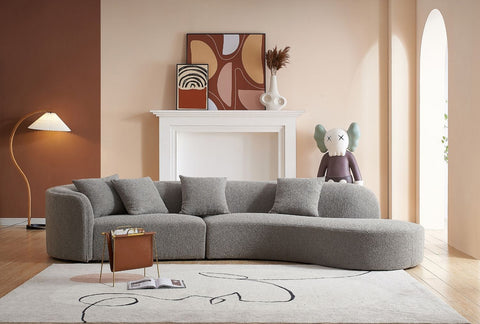
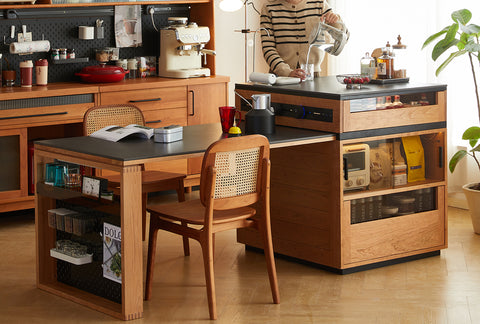
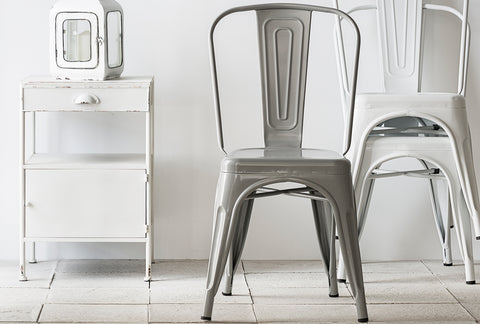
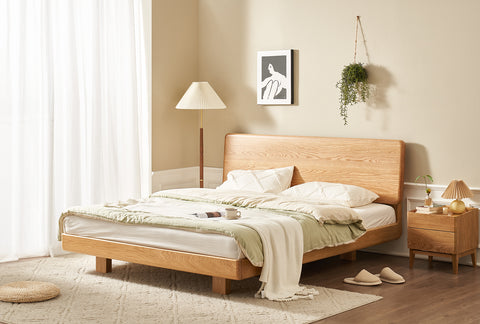
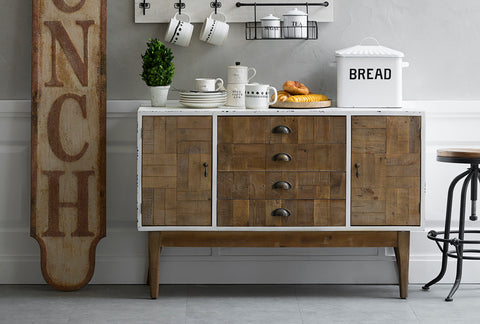




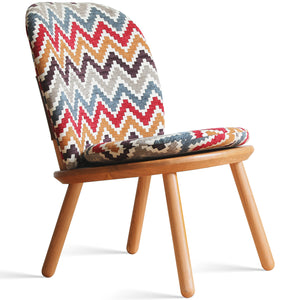
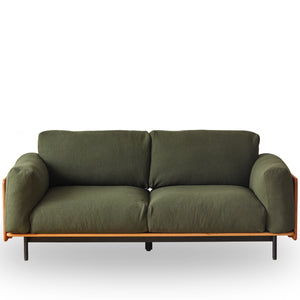
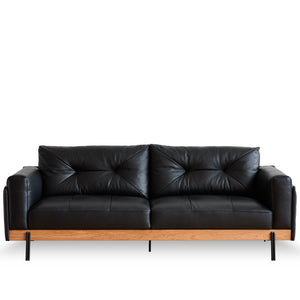
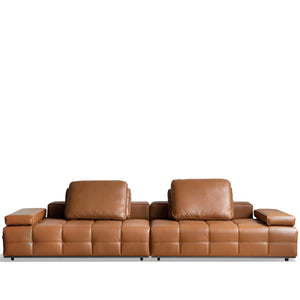
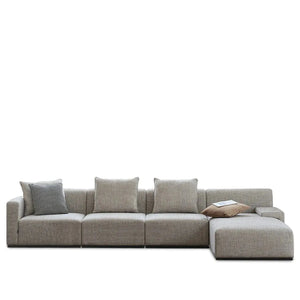
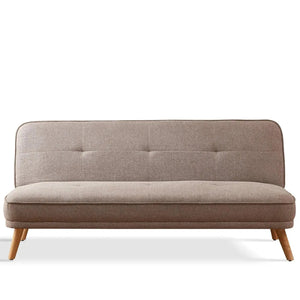
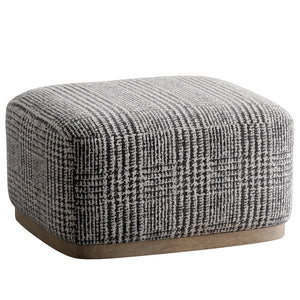

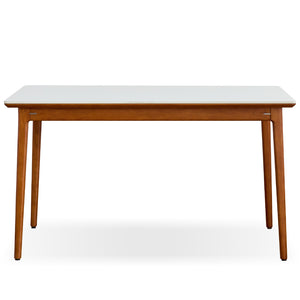
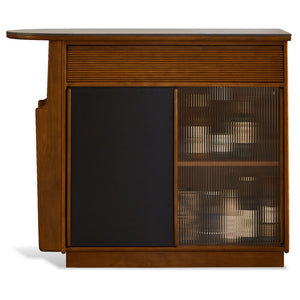
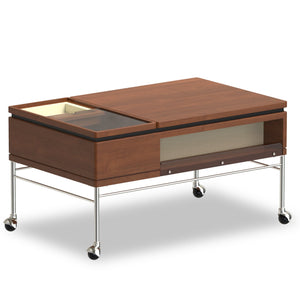
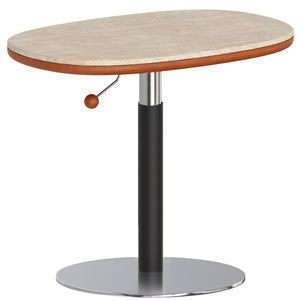
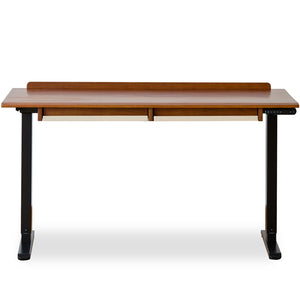
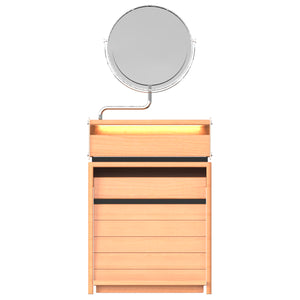

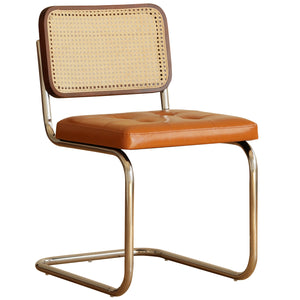
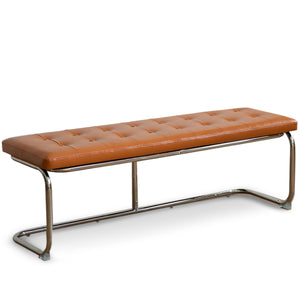
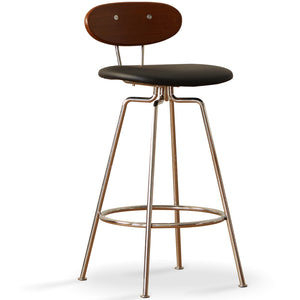
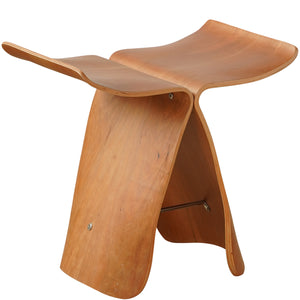
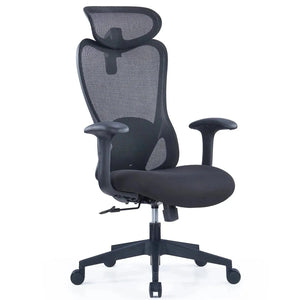

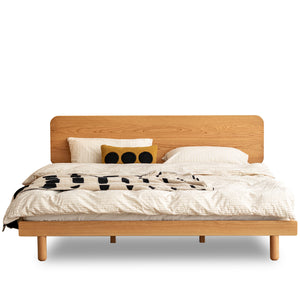
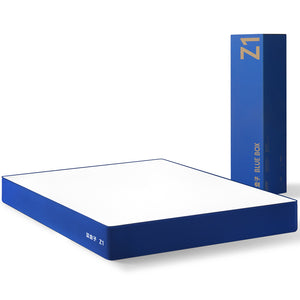

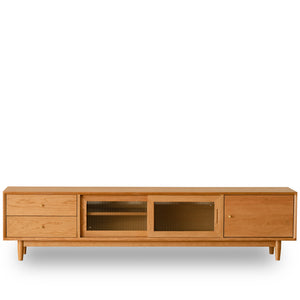
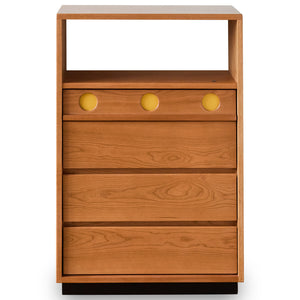
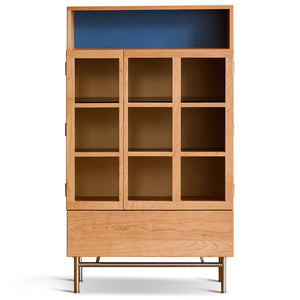
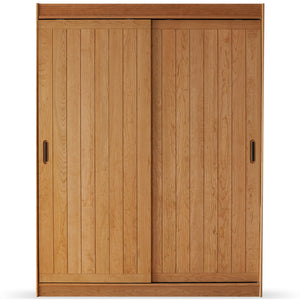
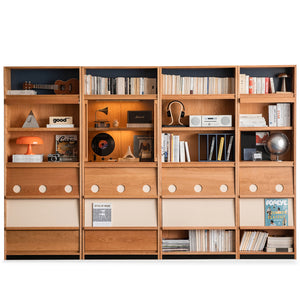
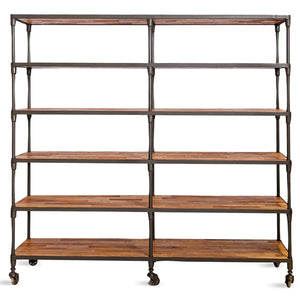
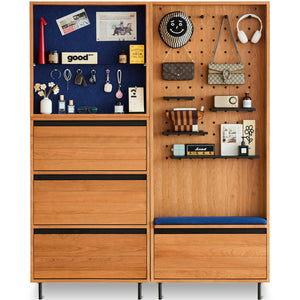
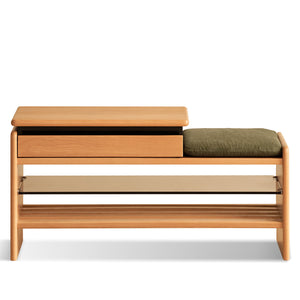
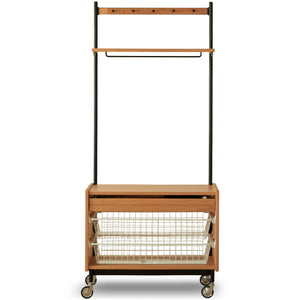






















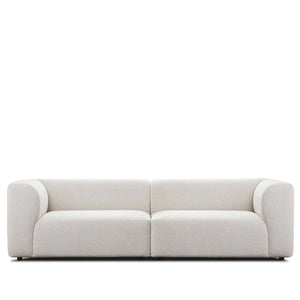




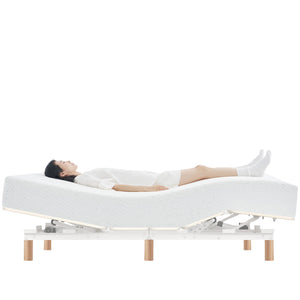
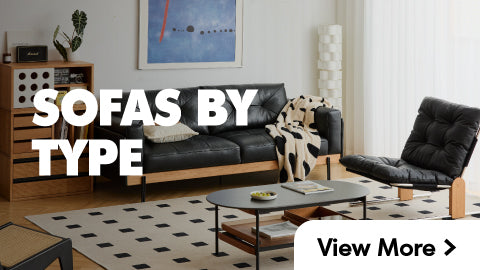
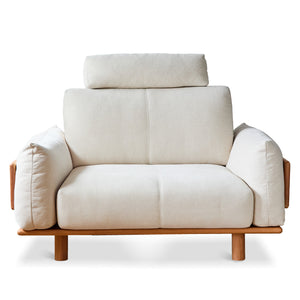
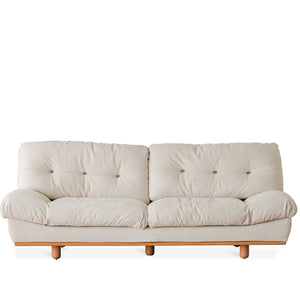
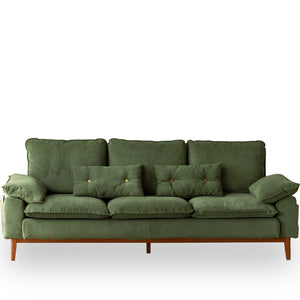
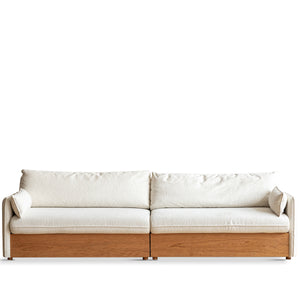
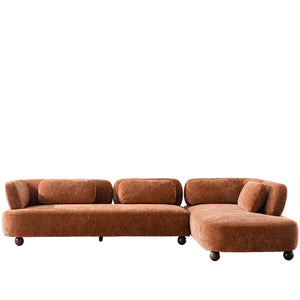
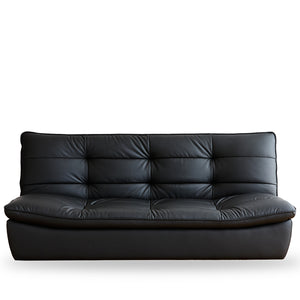
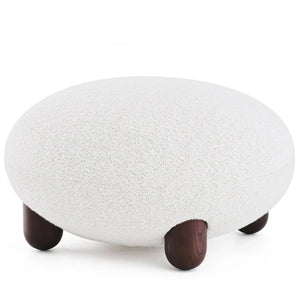

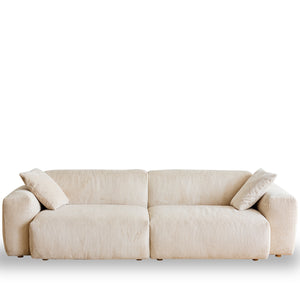
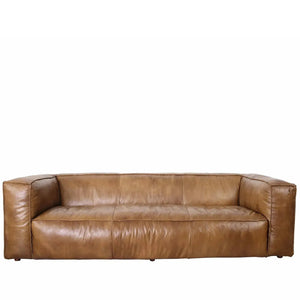
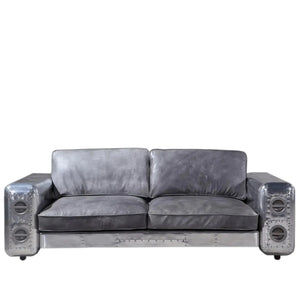
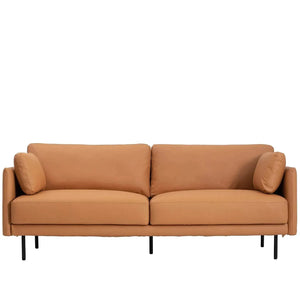
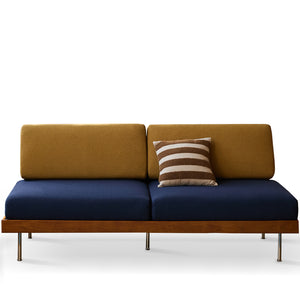
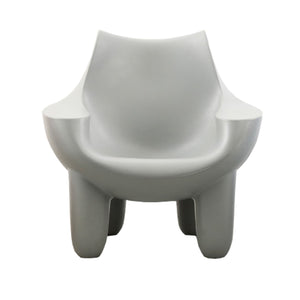
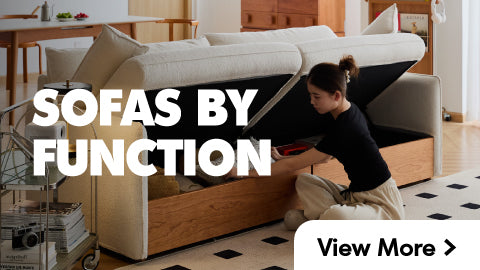
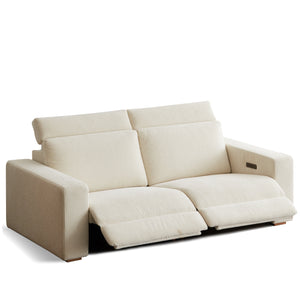

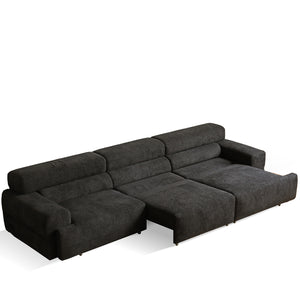
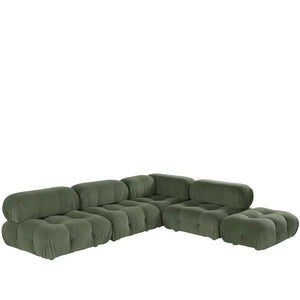
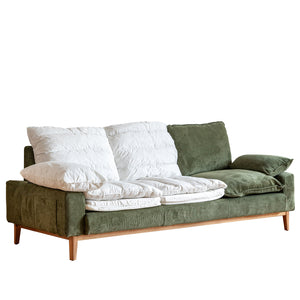
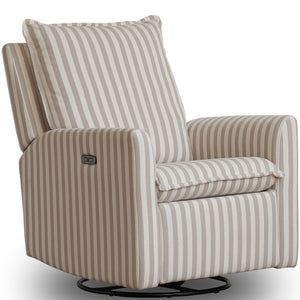

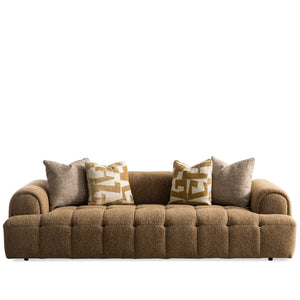
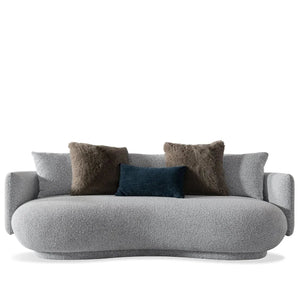
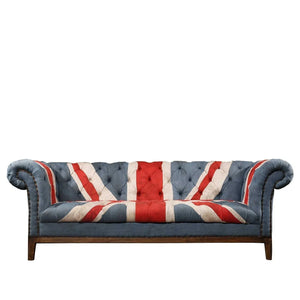
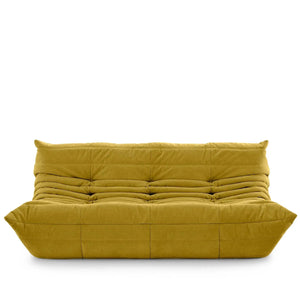
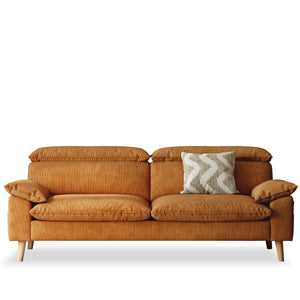
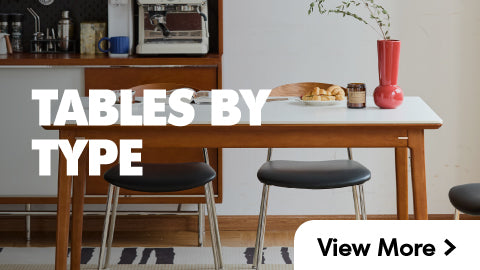
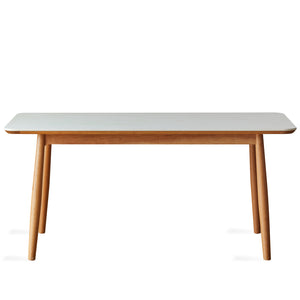
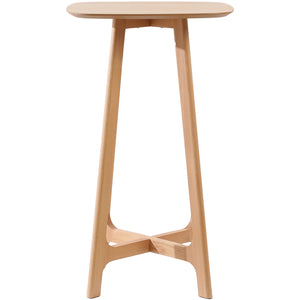
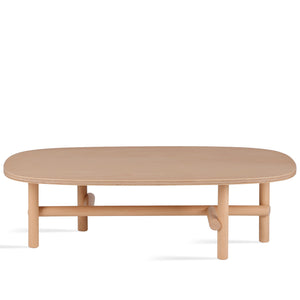
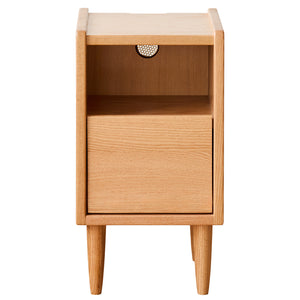
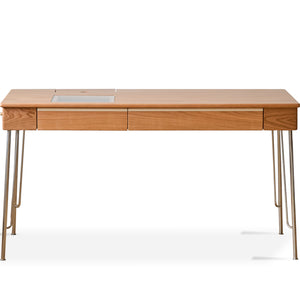
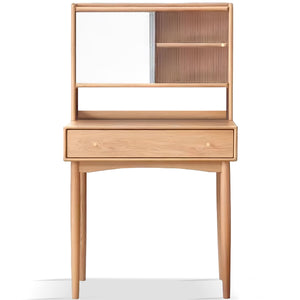
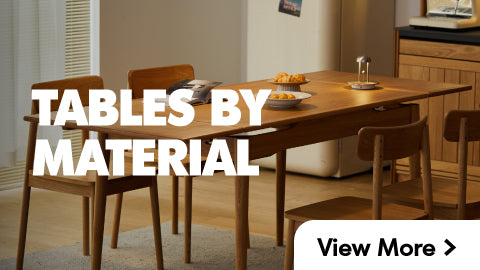
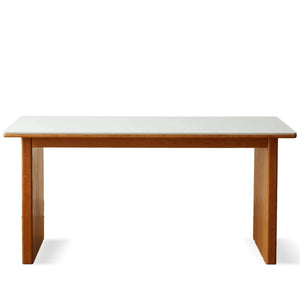
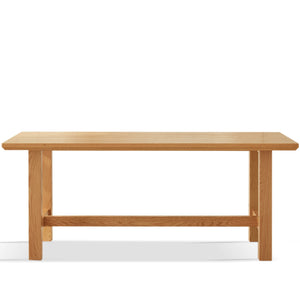
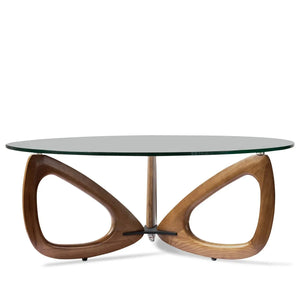
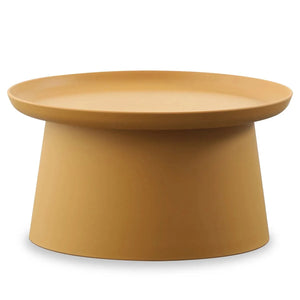
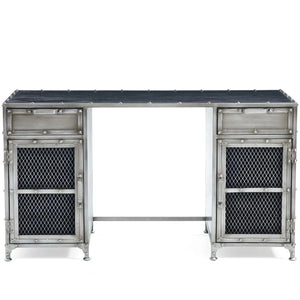
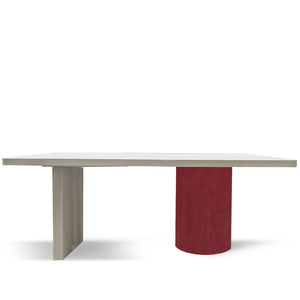
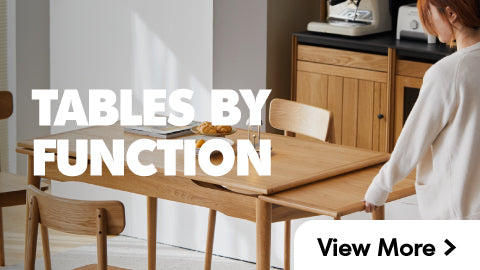
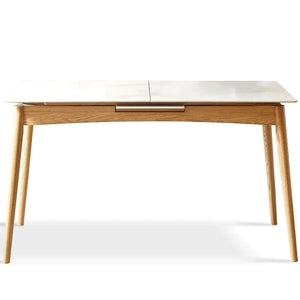
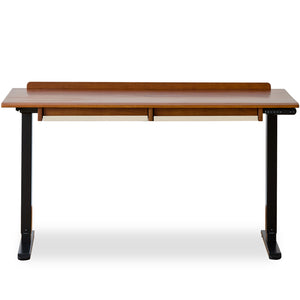
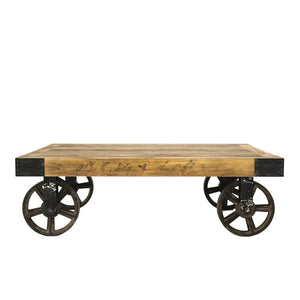
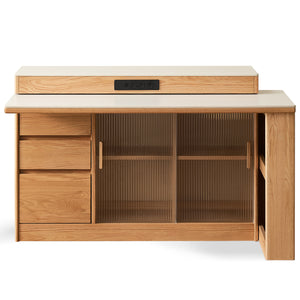
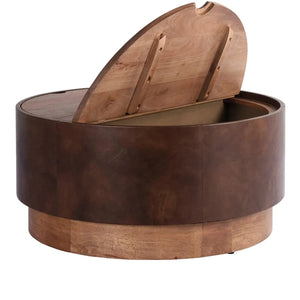
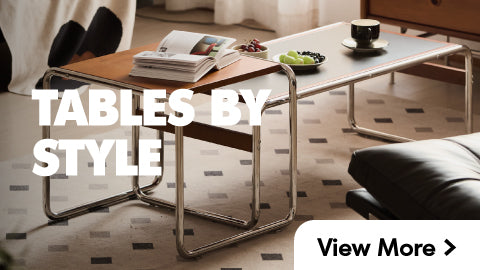
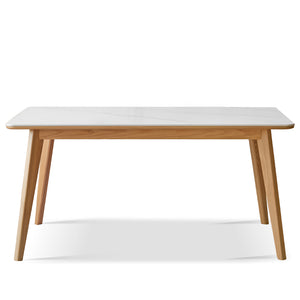
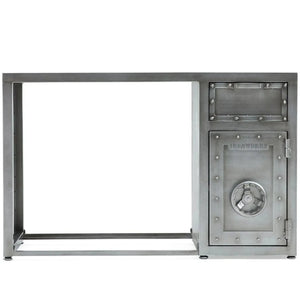
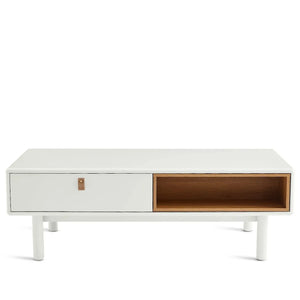
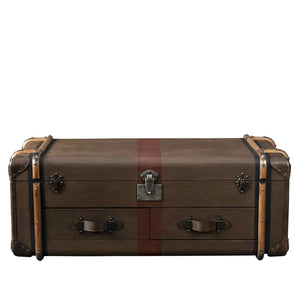
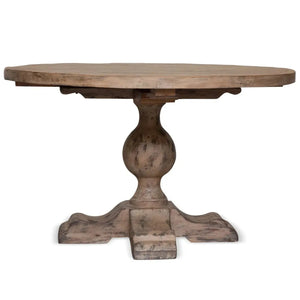
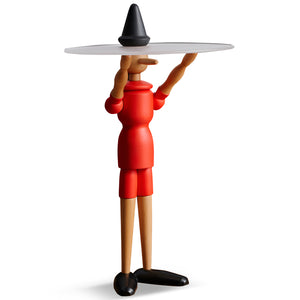
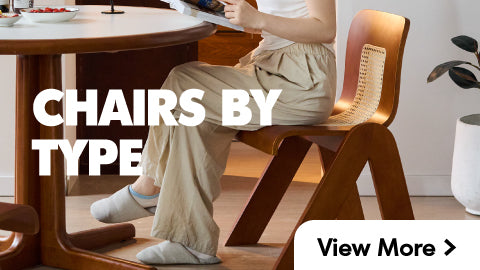
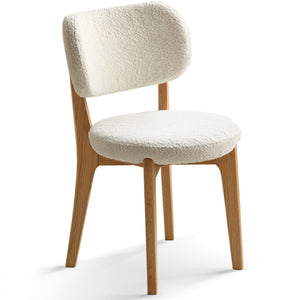
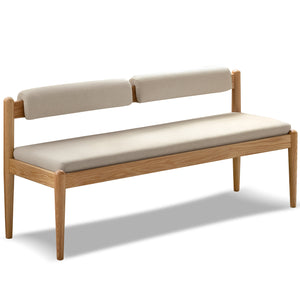
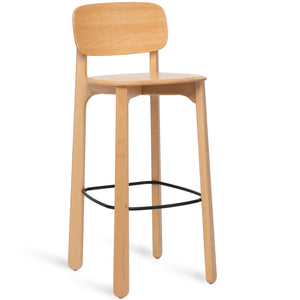
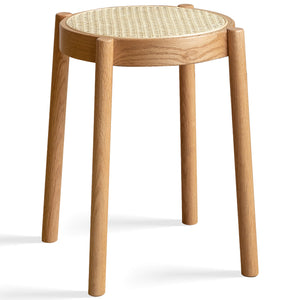
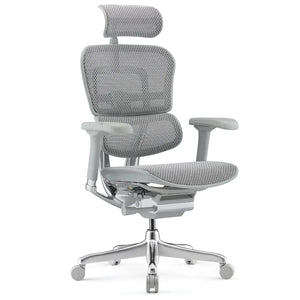
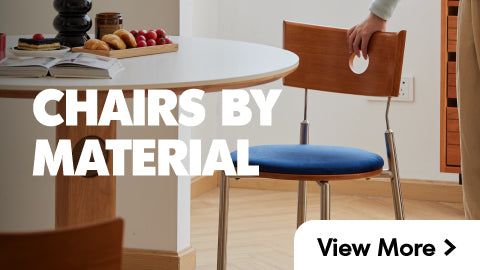
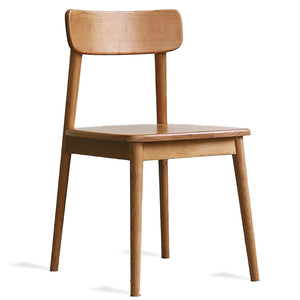
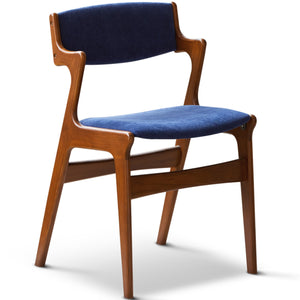
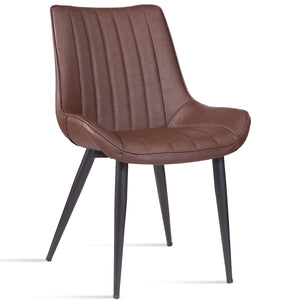
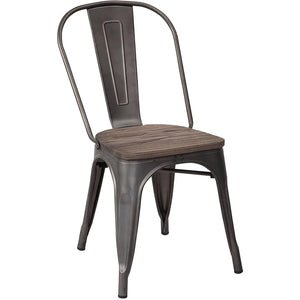
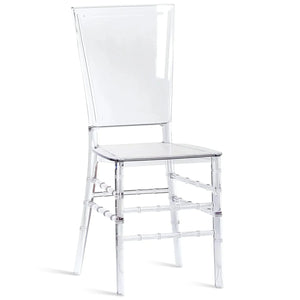
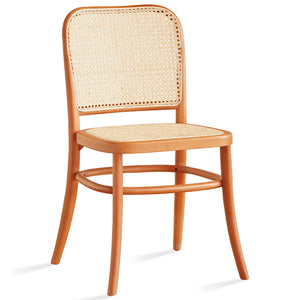
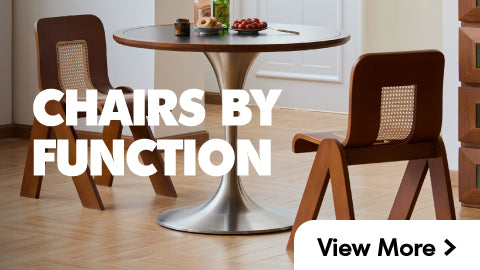
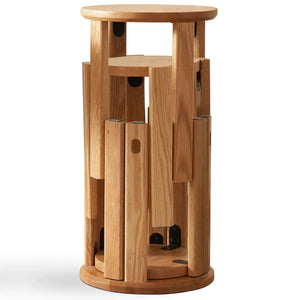
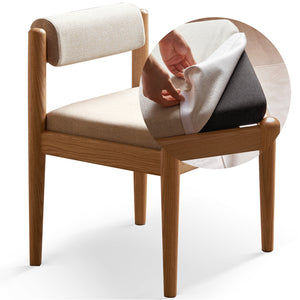
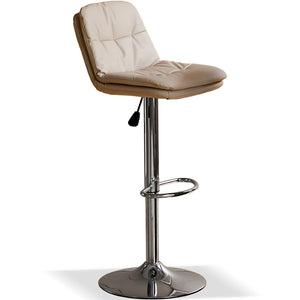
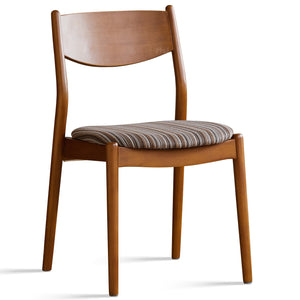
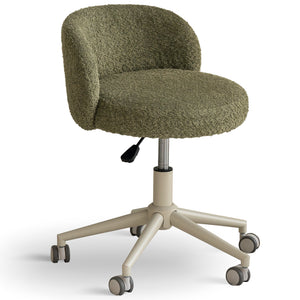
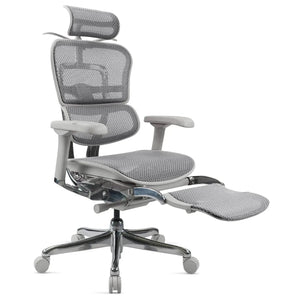
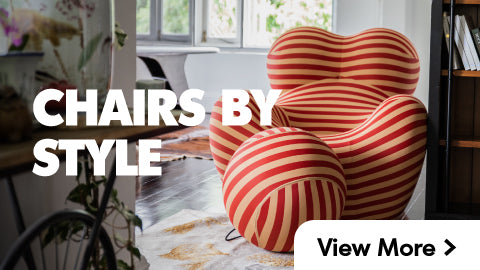
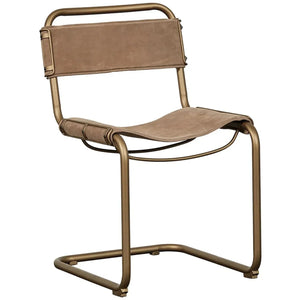
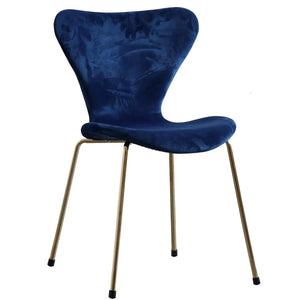
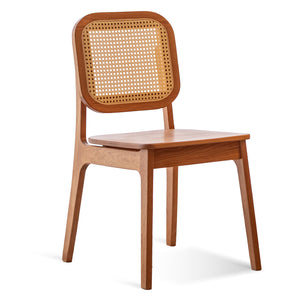
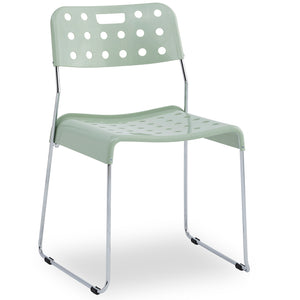
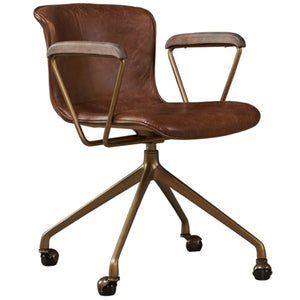

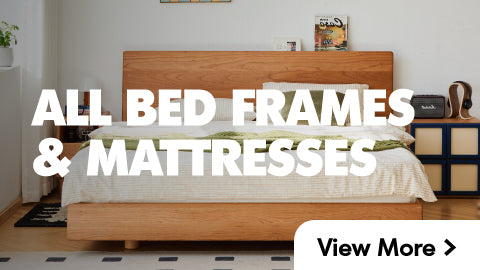
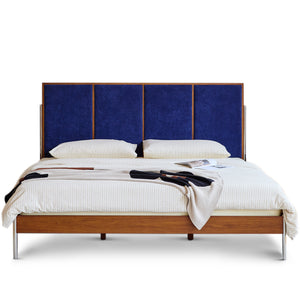
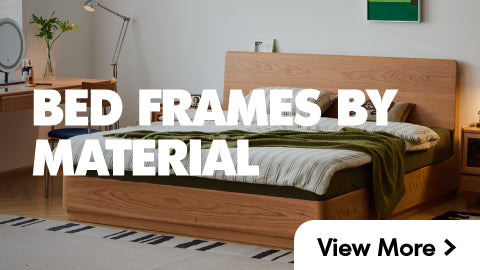
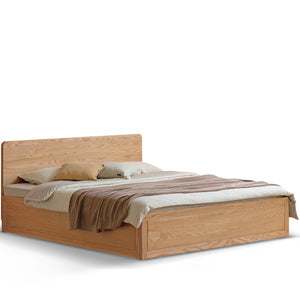
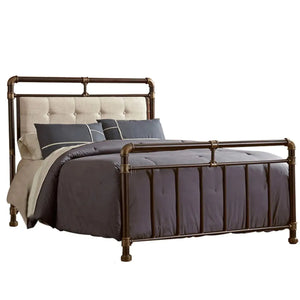
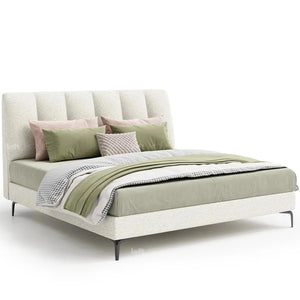
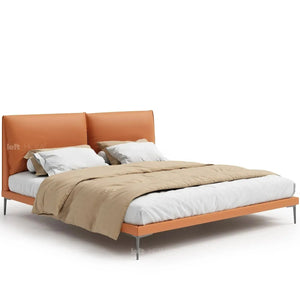
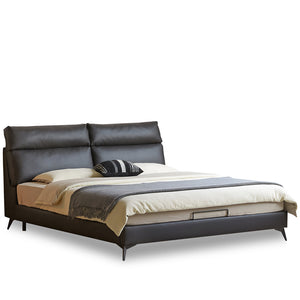
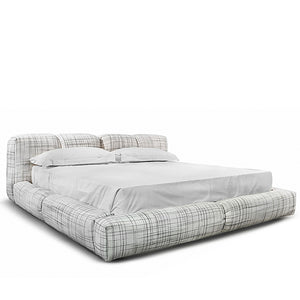
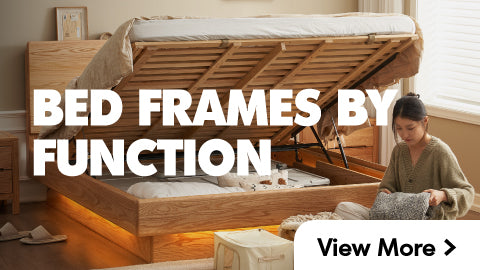
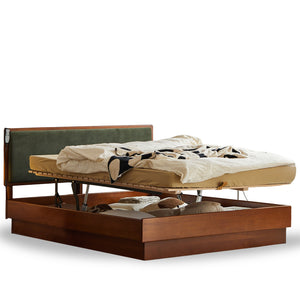
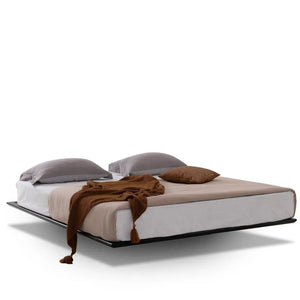
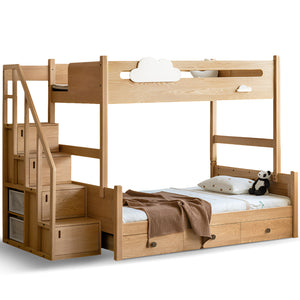
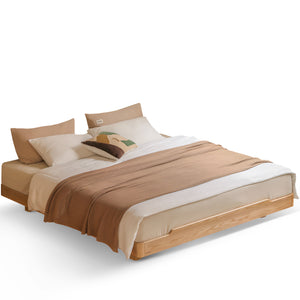
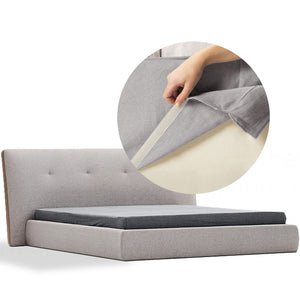
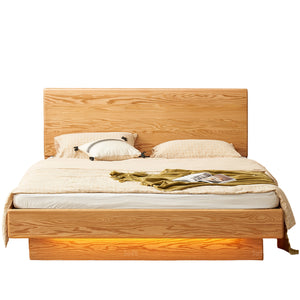
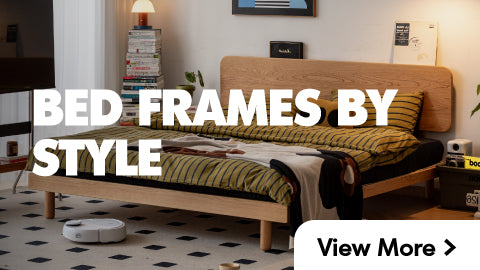
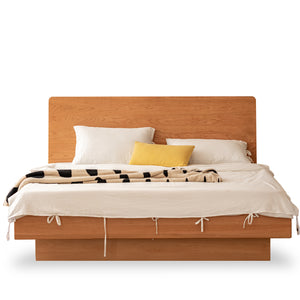
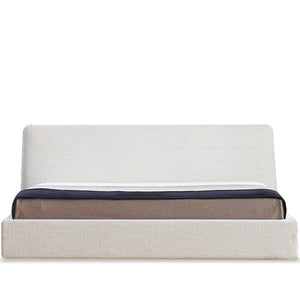
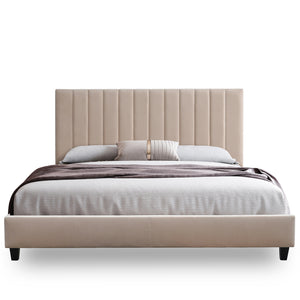
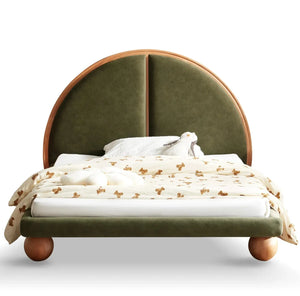
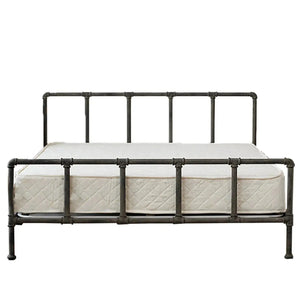
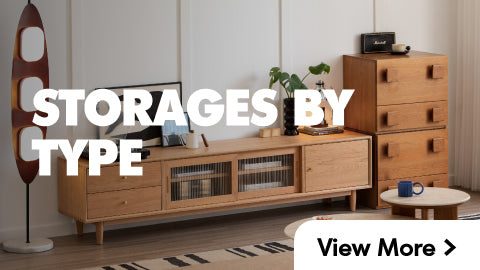
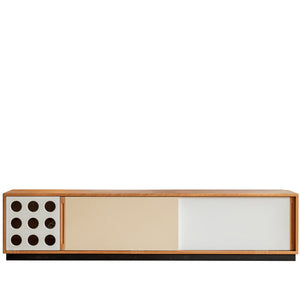
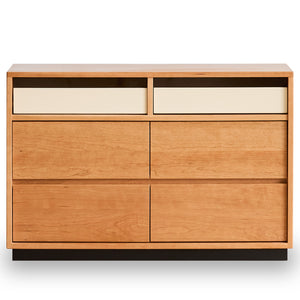
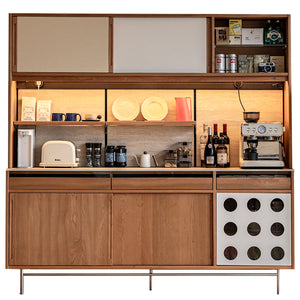
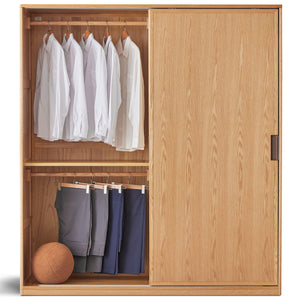
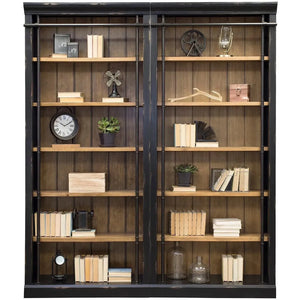
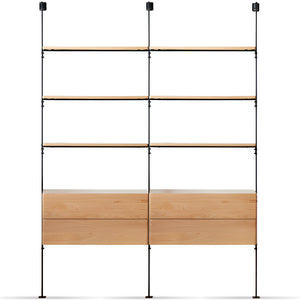
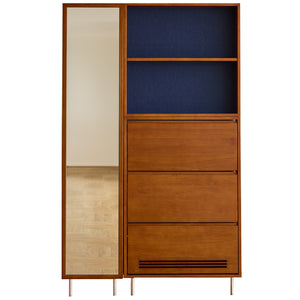
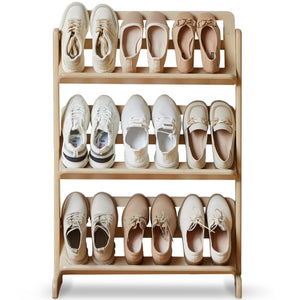
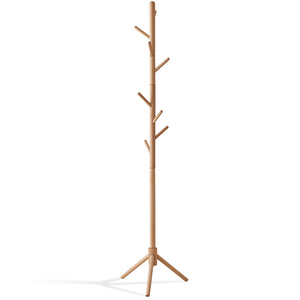

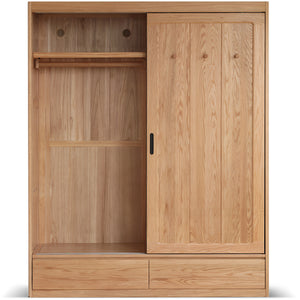
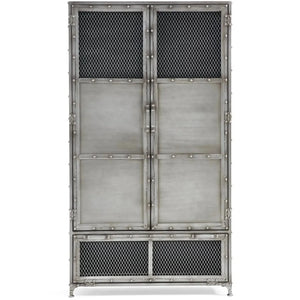
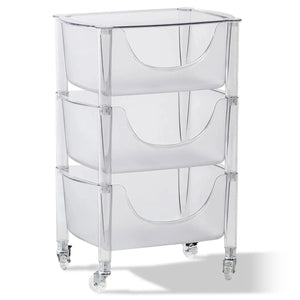
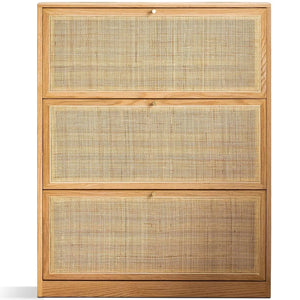
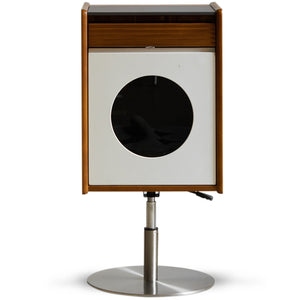
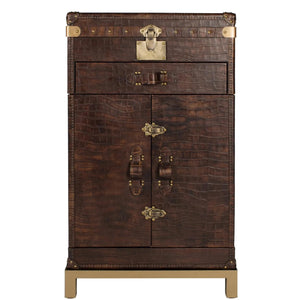
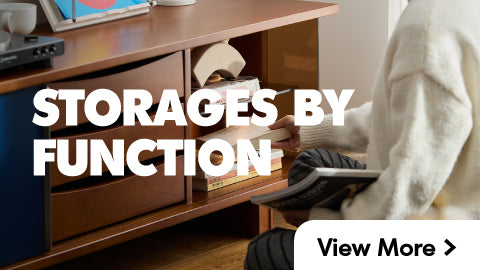
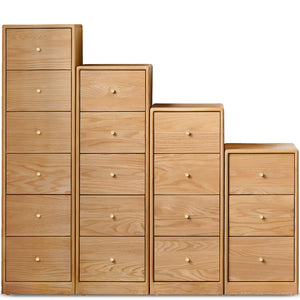
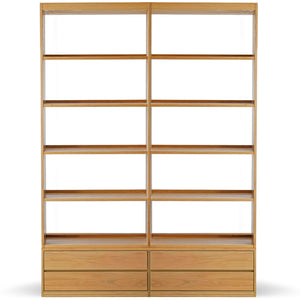
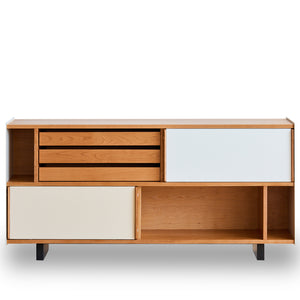
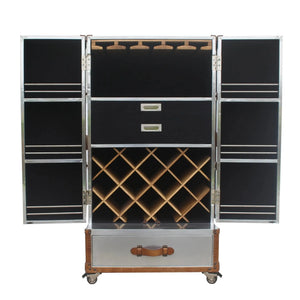
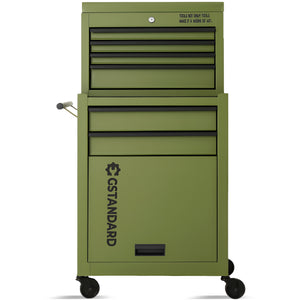
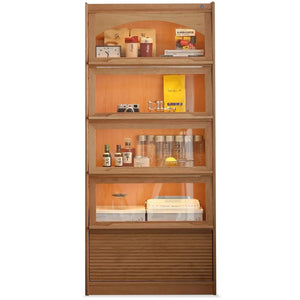
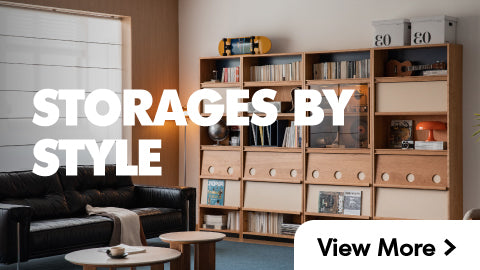
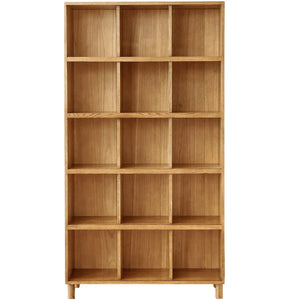
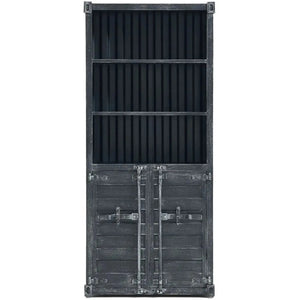
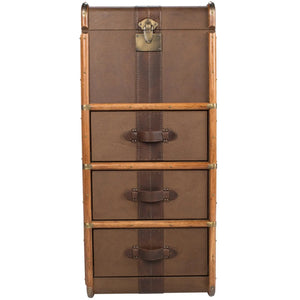
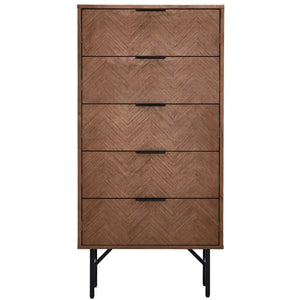
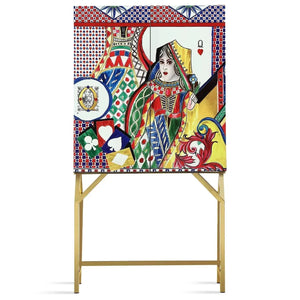
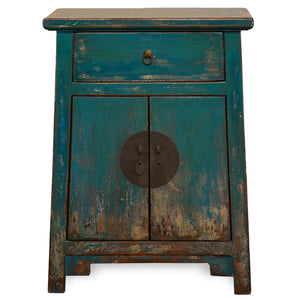


























































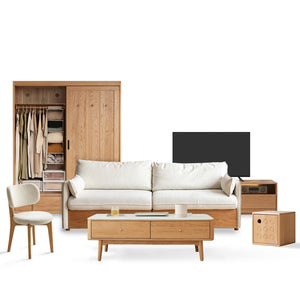
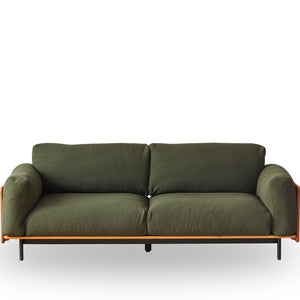
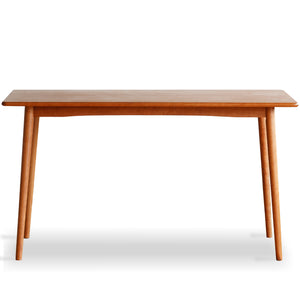
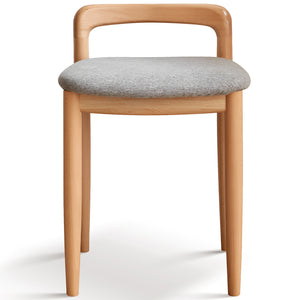
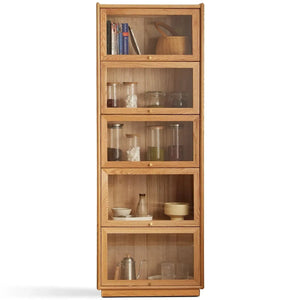



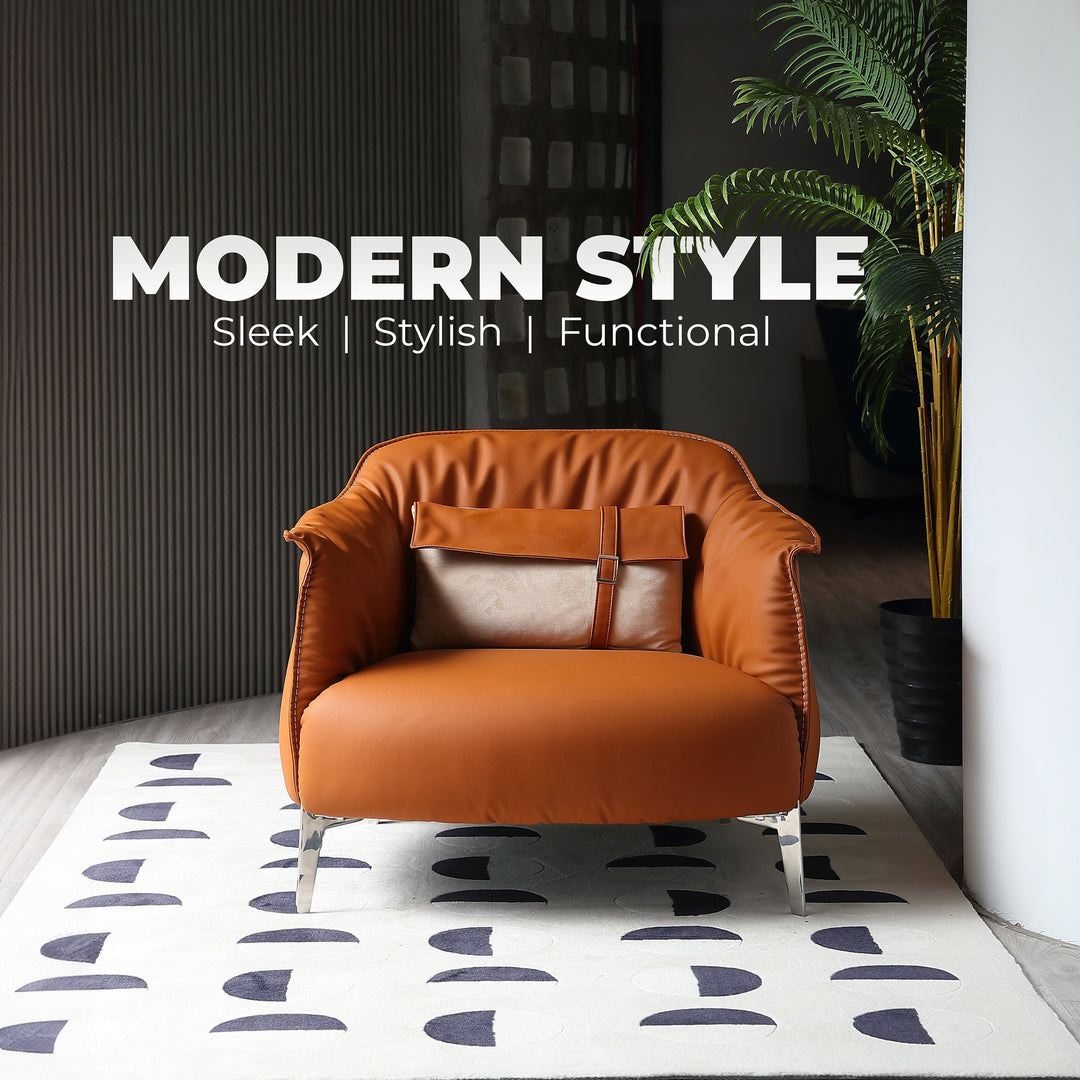
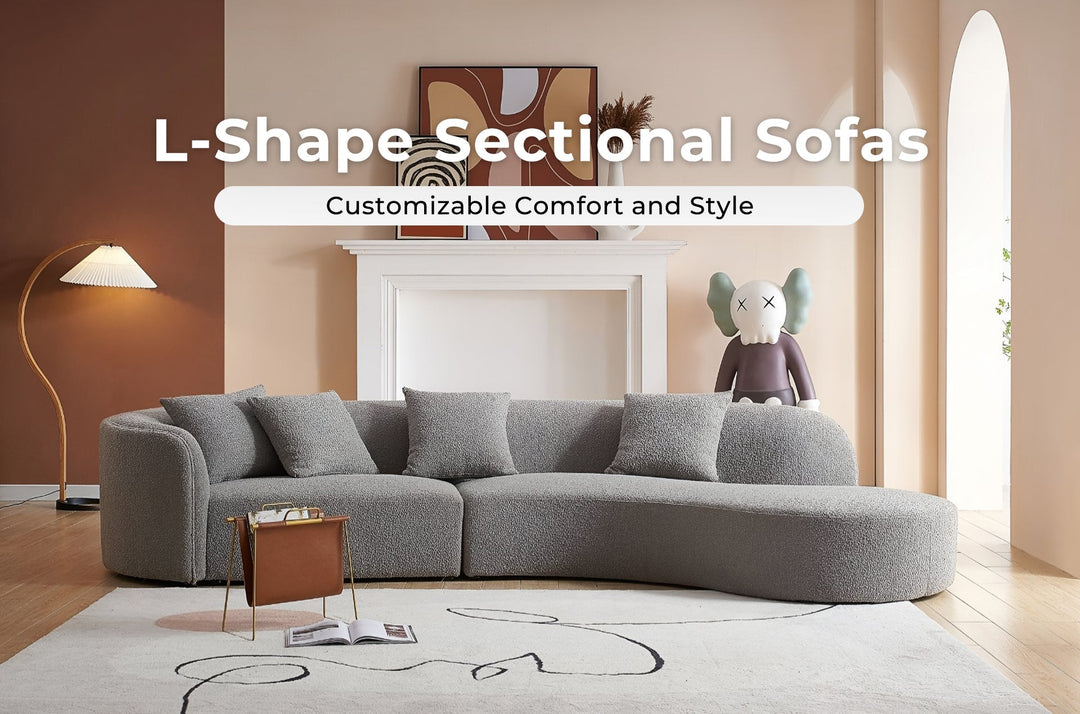

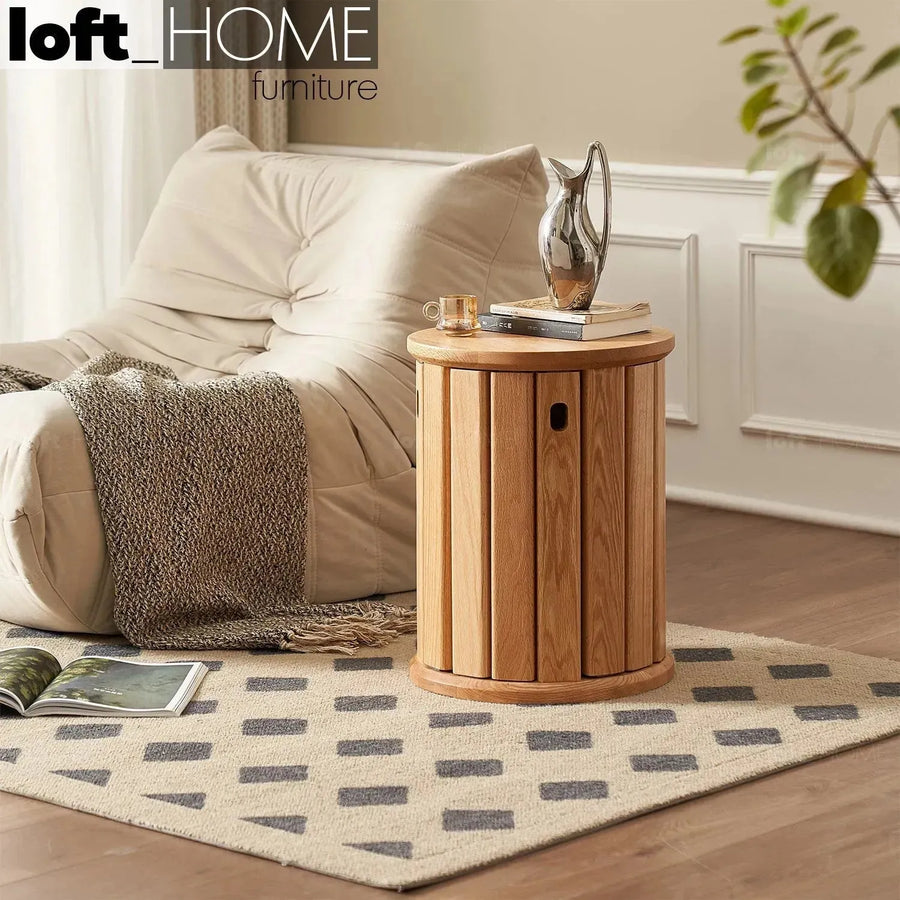
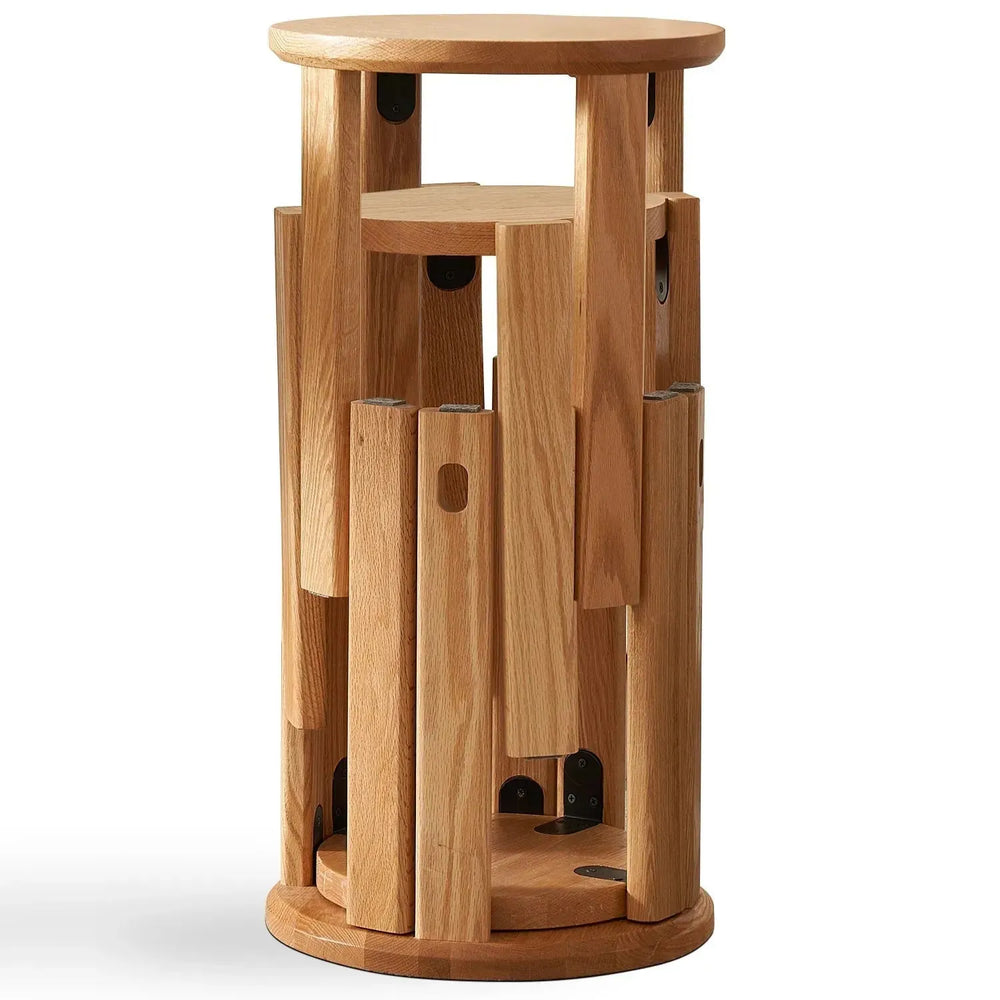



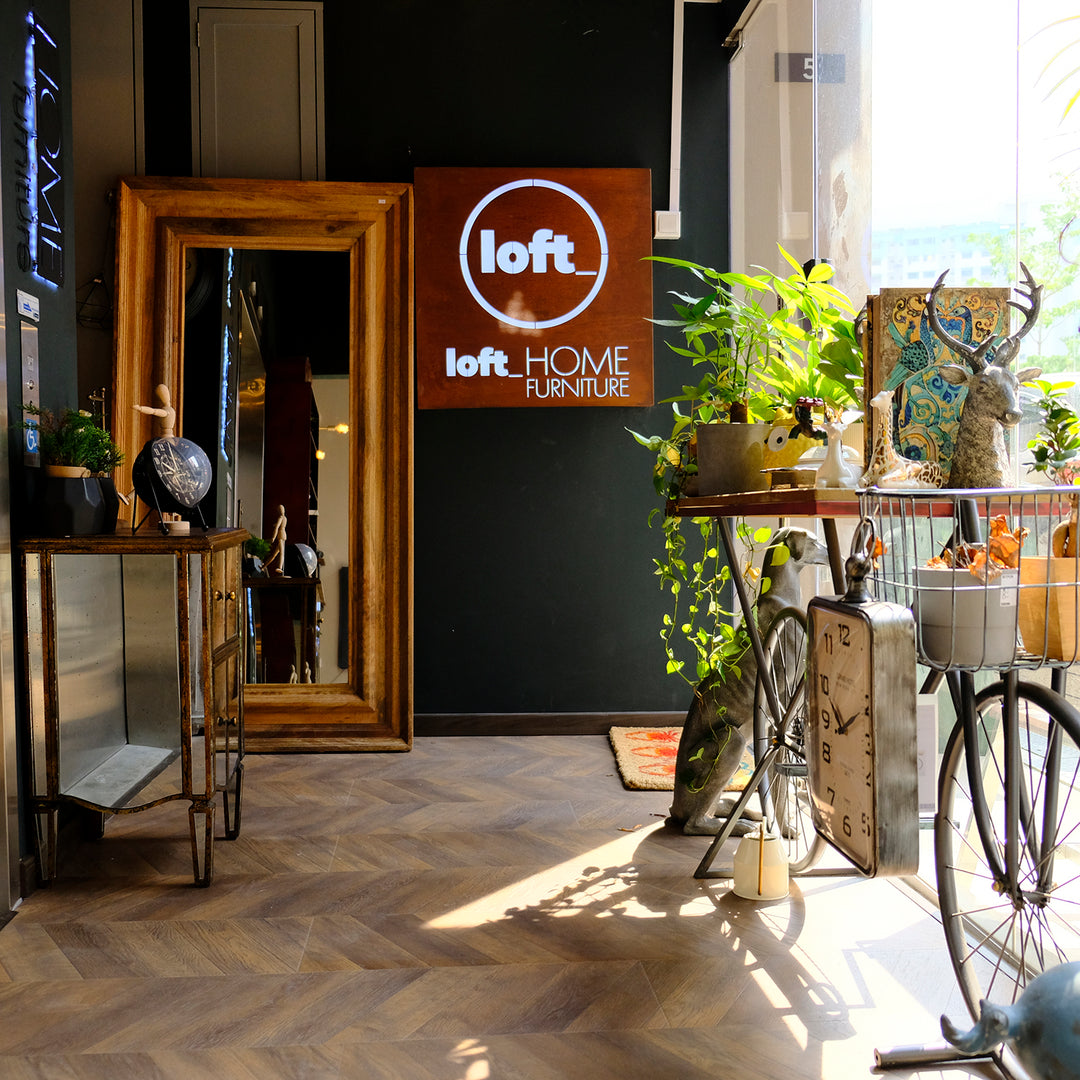
Leave a comment